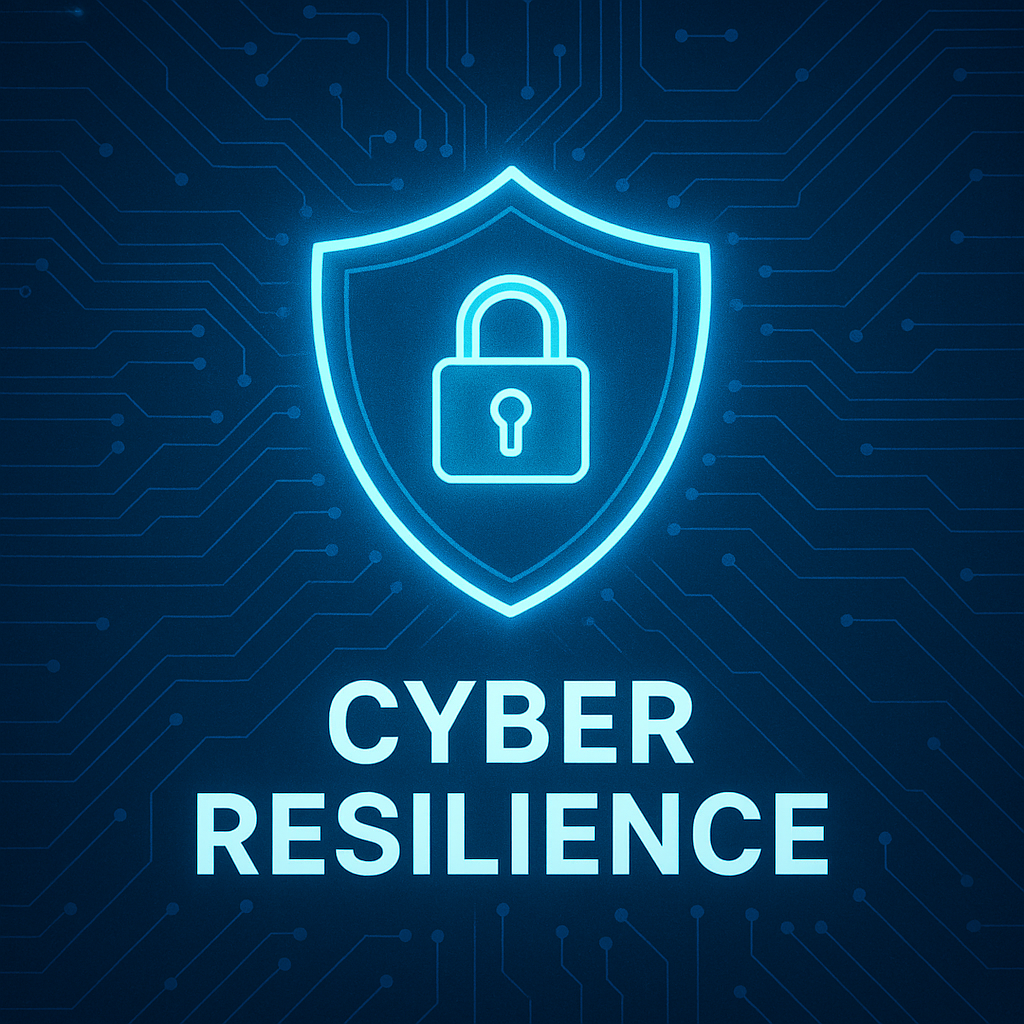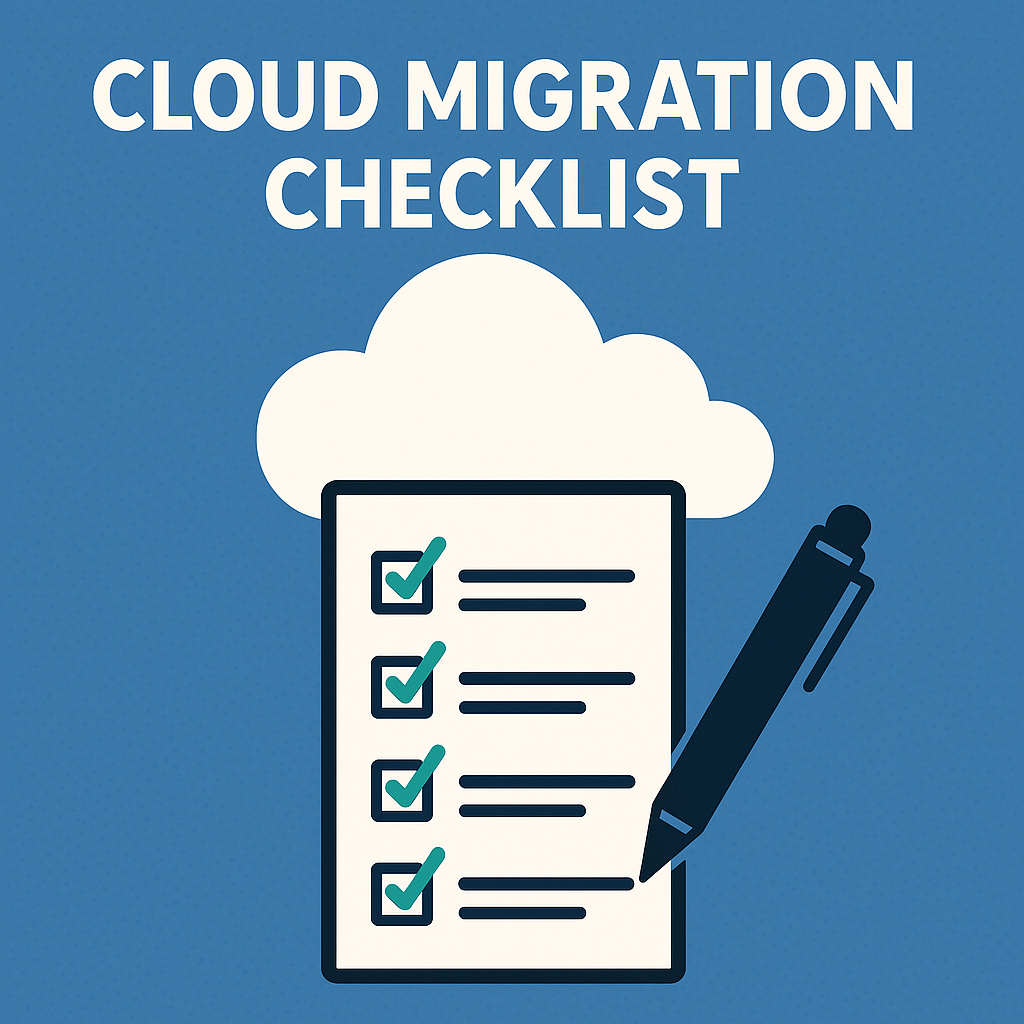In today’s cloud-first world, disaster recovery and ransomware protection can no longer be limited to “just data.” You need a solution that captures both data and the full cloud application environment and can restore them in a way that gets your business back in motion—quickly and cleanly. Commvault’s Cloud Rewind does exactly that: it provides a “cloud time machine” for your applications, enabling near instantaneous rebuilds of cloud environments after an outage or attack.
What Is Cloud Rewind?
- Commvault Cloud Rewind (formerly Appranix) is a SaaS solution that automatically discovers, protects, and restores entire cloud application environments across public clouds (AWS, Azure, Google) rather than just individual VMs or data.
- It goes beyond standard backups by capturing not only data, but also cloud configurations, metadata, dependencies, and infrastructure settings (e.g. networks, load balancers, IAM, serverless functions).
- Those captured states are stored in isolated, immutable, “air-gapped” vaults controlled by Commvault, providing protection from tampering or ransomware spread.
- On recovery, Cloud Rewind uses Recovery-as-Code / Infrastructure-as-Code (IaC) techniques to orchestrate a point-in-time rebuild of whole cloud stacks—even across availability zones, regions, or accounts.
- This rebuild capability drastically compresses what could otherwise be days or weeks of manual reconstruction.
Why It Matters: The Challenge of Cloud Recovery
- In typical cloud deployments, 50–70% of “resources” are configurations, interconnections, and dependencies, not just raw data. Many traditional backup tools ignore these, leaving gaps in recovery.
- Following a cyberattack or outage, reconstructing the full cloud environment can take weeks and require manual effort across multiple teams. Commvault cites a common statistic: full restoration can span 24 days in many organizations.
- Maintaining a parallel “landing zone” or duplicate cloud environment for disaster recovery (with constant synchronization) is expensive and error-prone because of configuration drift and overhead.
- In contrast, Cloud Rewind’s on-demand rebuild model avoids the need for a constantly maintained DR environment.
Key Capabilities & Differentiators
| Capability | Description / Benefit |
|---|---|
| Continuous Discovery & Mapping | Automatically detects all resources, dependencies, and changes in your cloud environment over time. |
| Dual-Vault Architecture (“Cloud Time Machine”) | Splits configuration snapshots and application data into separate vaults to ensure isolation and integrity. |
| Point-in-Time Rebuilds | Trigger a full restore of the application stack—including infrastructure, dependencies, networking, and policies—from a chosen past moment. C |
| Cross-Zone / Cross-Region / Cross-Account Recovery | Flexibility to restore workloads across different regions, AZs, or even accounts. |
| Automated Orchestration via IaC / Recovery-as-Code | No manual scripts or runbooks needed—recovery is codified and repeatable. |
| Frequent Incrementals, Immutable & Isolated Storage | Supports near-continuous recovery (tight RPOs) with backups stored in untouchable vaults. |
| Cloud-agnostic / Multi-cloud Support | Works across AWS, Azure, and Google Cloud, providing a unified resilience layer. |
Real-World Use & Benefits
- After a cyber event, Cloud Rewind enables you to “rewind the business”—restoring to a clean point in time without needing to rebuild from scratch manually.
- Commvault claims 276× reduction in recovery time, 99.9% cloud application resilience SLAs, and up to 85% reduction in application resilience costs (vs. legacy or native tools).
- Users can simulate recovery or test changes in a safe sandbox environment using an exact clone of the application stack.
- Because you don’t need a parallel standby environment, overall infrastructure cost and operational burden are lower.
- It helps reduce human error, speed time to recovery, and improve overall cyber resiliency posture.
Potential Considerations & Challenges
- As with any system that holds full access to your cloud environment, permissions and access control must be managed carefully. The product requires certain permissions to discover, snapshot, and rebuild resources.
- Determining a “safe point in time” to restore to—especially in the presence of dwell time (i.e. undetected compromise)—requires complementary tools (e.g. threat detection or anomaly detection) to identify the last known good state.
- For highly complex environments with rapid, large-scale changes, ensuring consistent mapping and dependency capture may be non-trivial.
- The cost model (storage, snapshot usage, compute during recovery) will depend on usage patterns and frequency of recovery.
In a cloud-native, security-conscious era, recovering just data is no longer sufficient. You also need to restore the full operational context — the infrastructure, network, configurations, and dependencies — in a way that returns business operations quickly and cleanly.
Commvault Cloud Rewind offers that next-generation capability: a cloud-native “time machine” that enables businesses to rewind, recover, and rebuild entire application environments in minutes—not days or weeks. It shifts disaster recovery from being reactive and manual to being automated, predictable, and fast.






